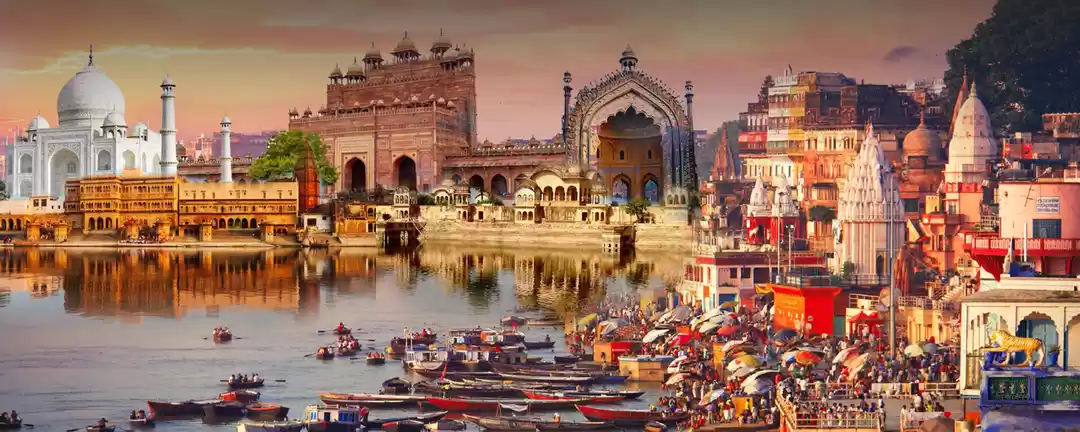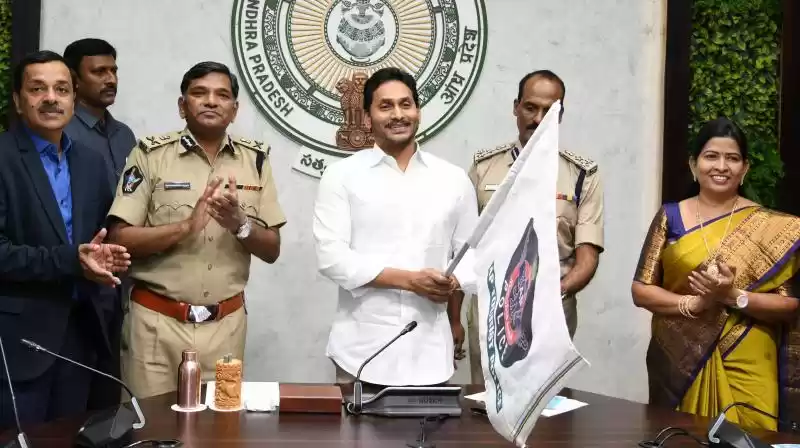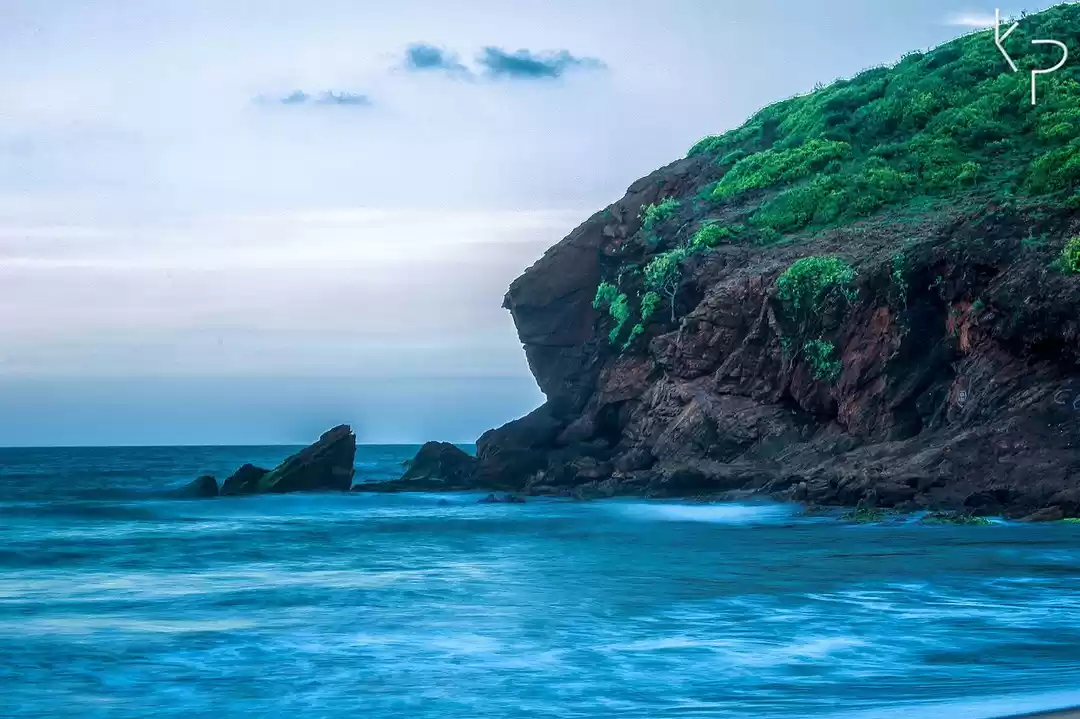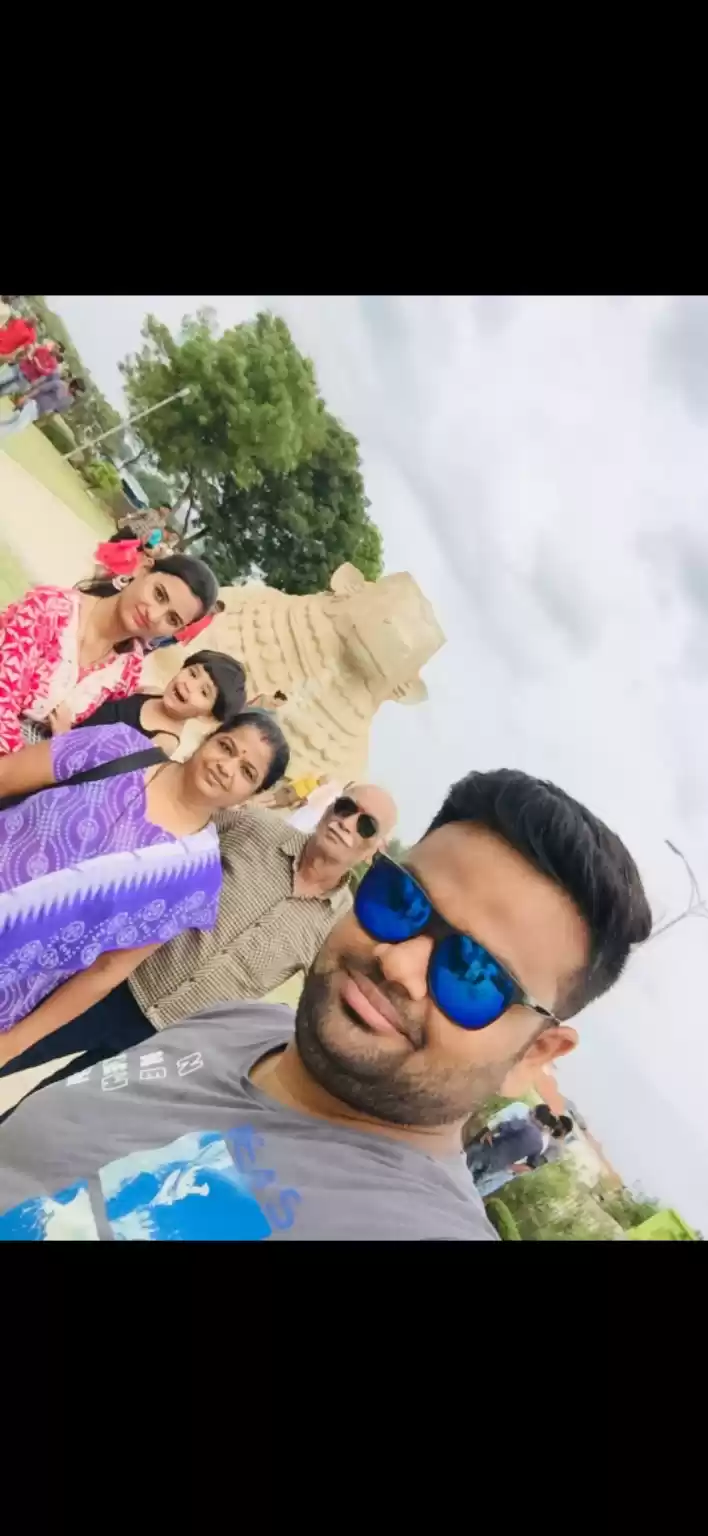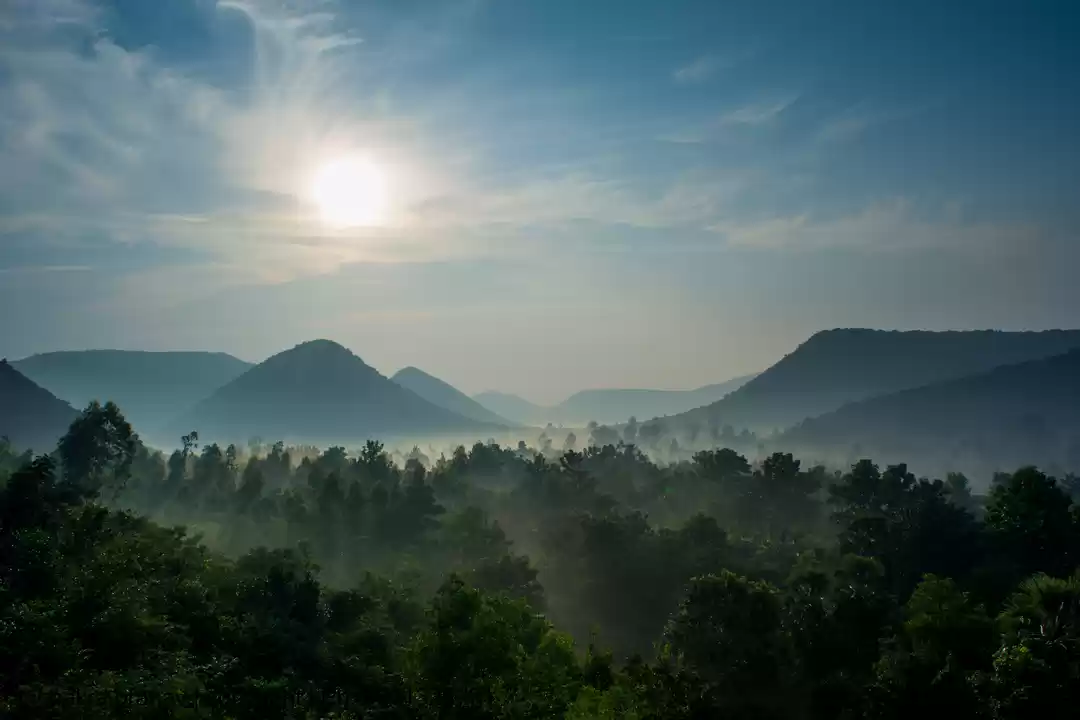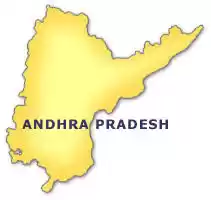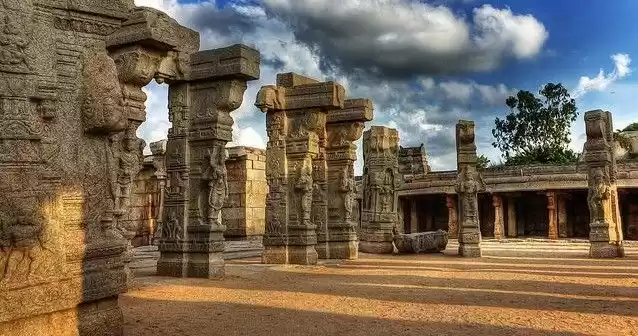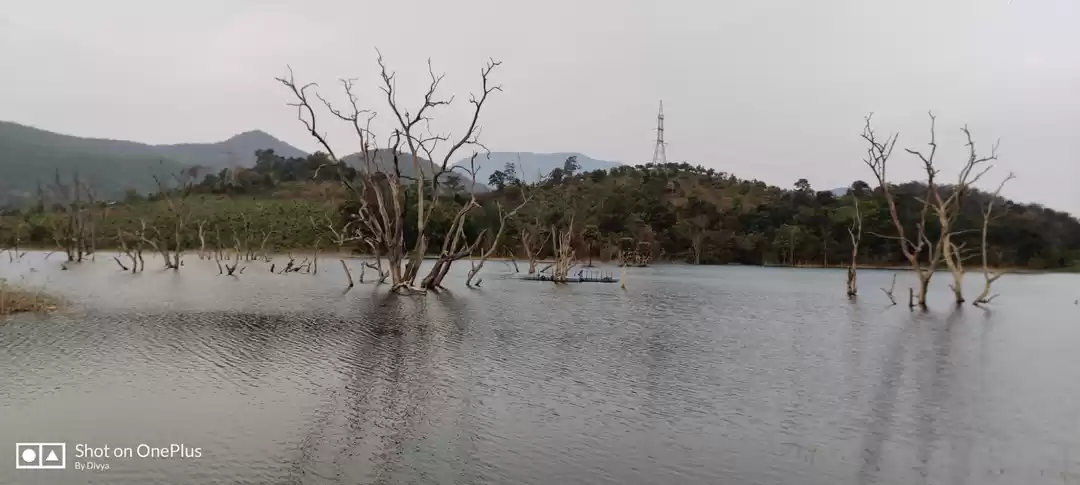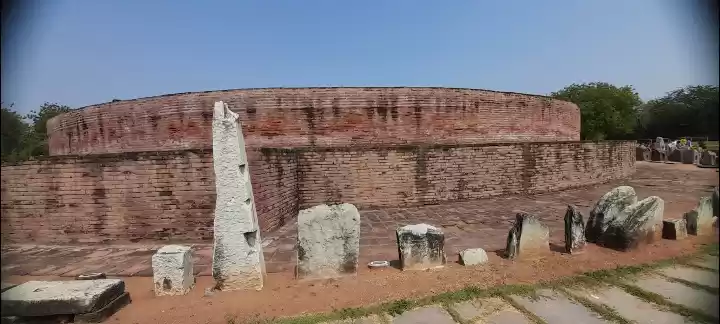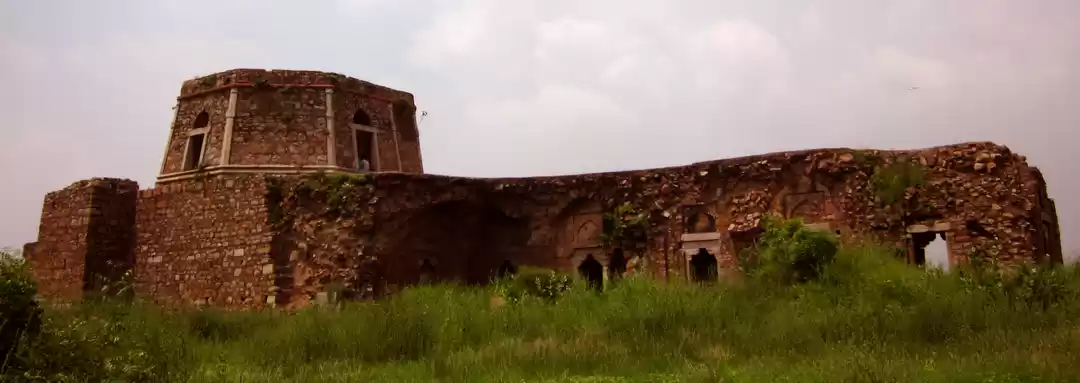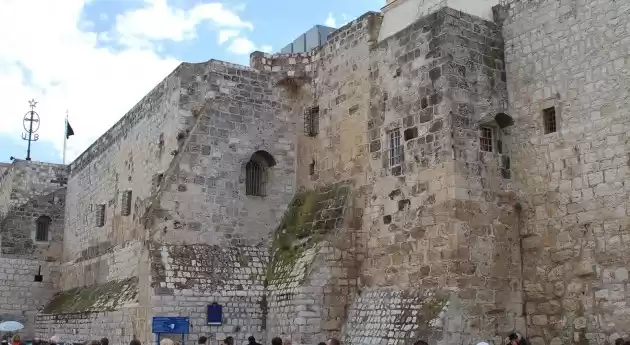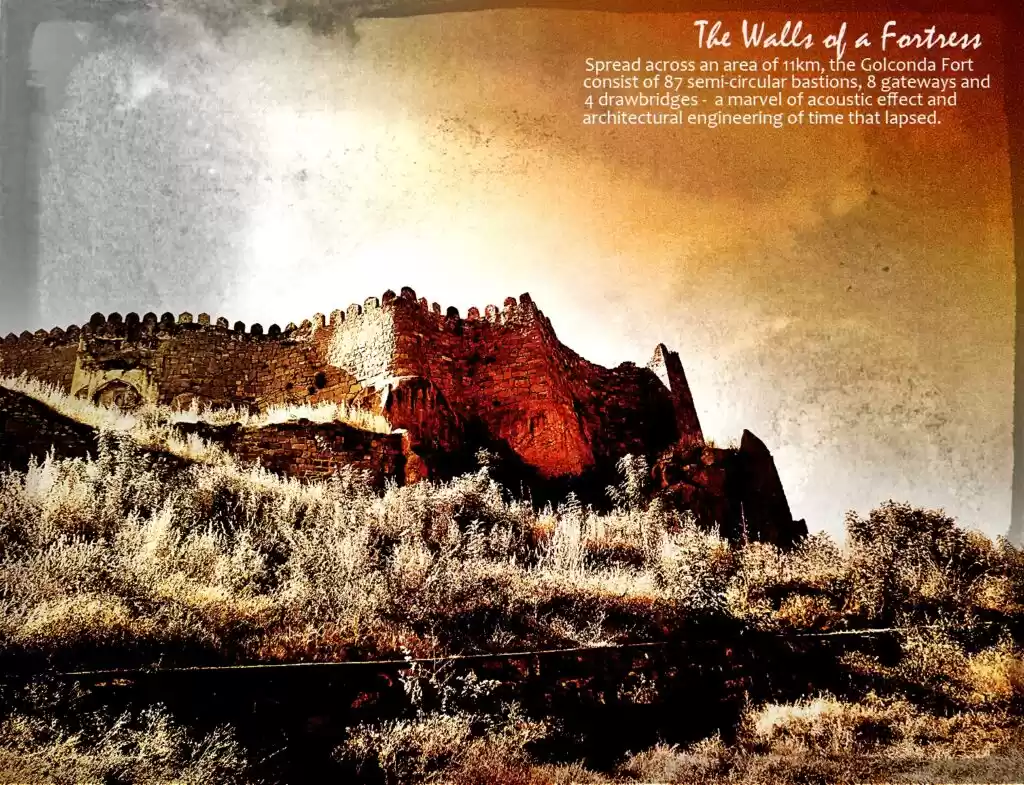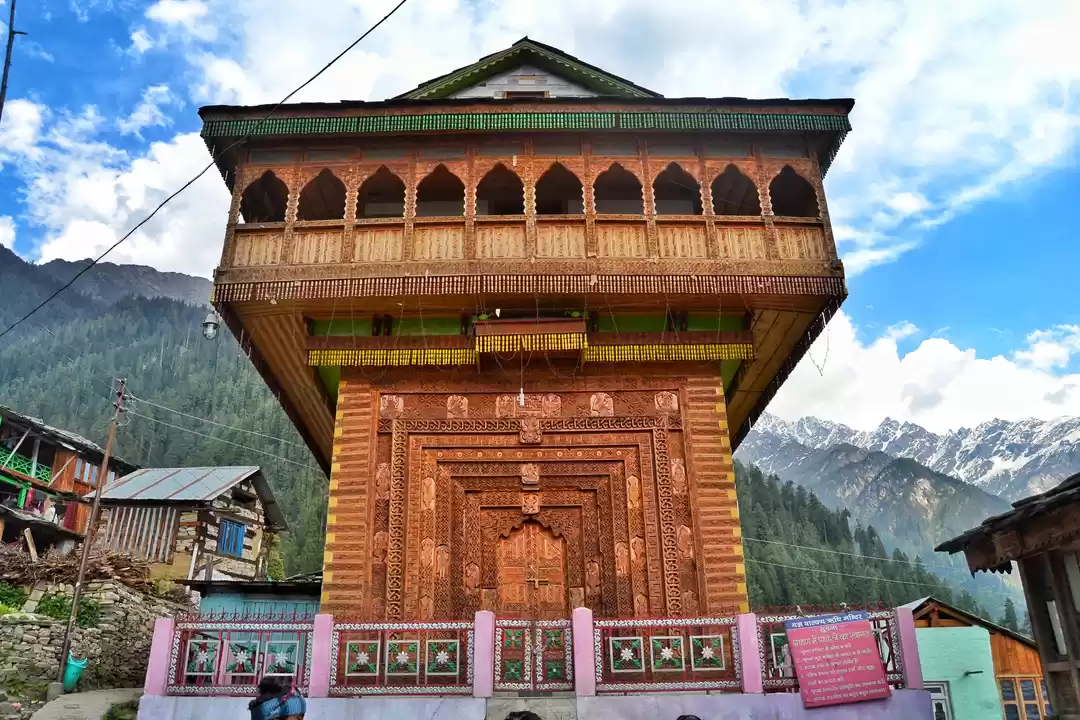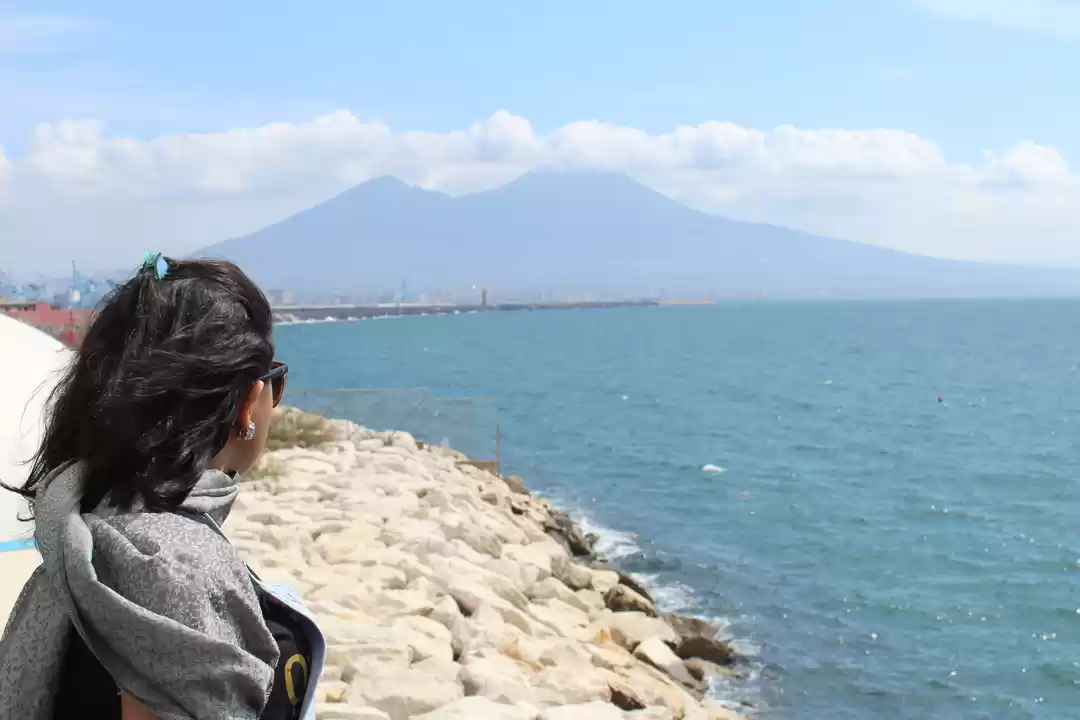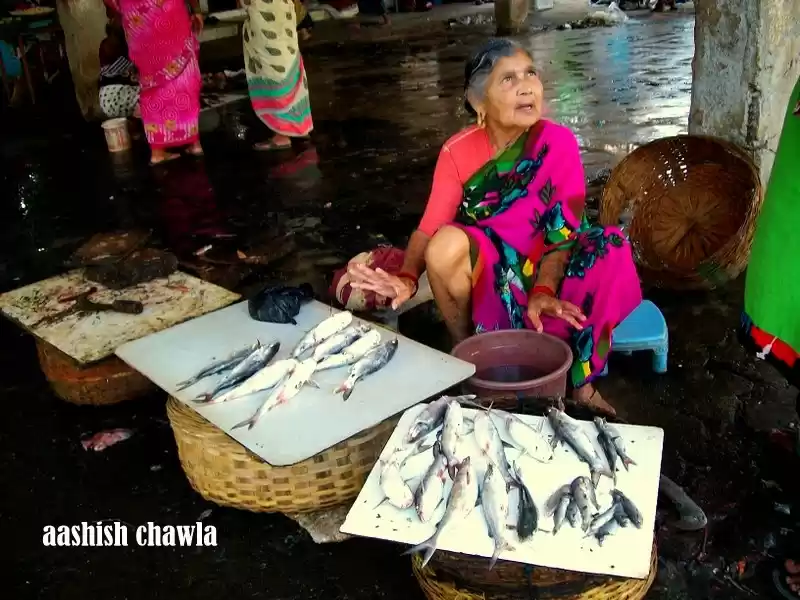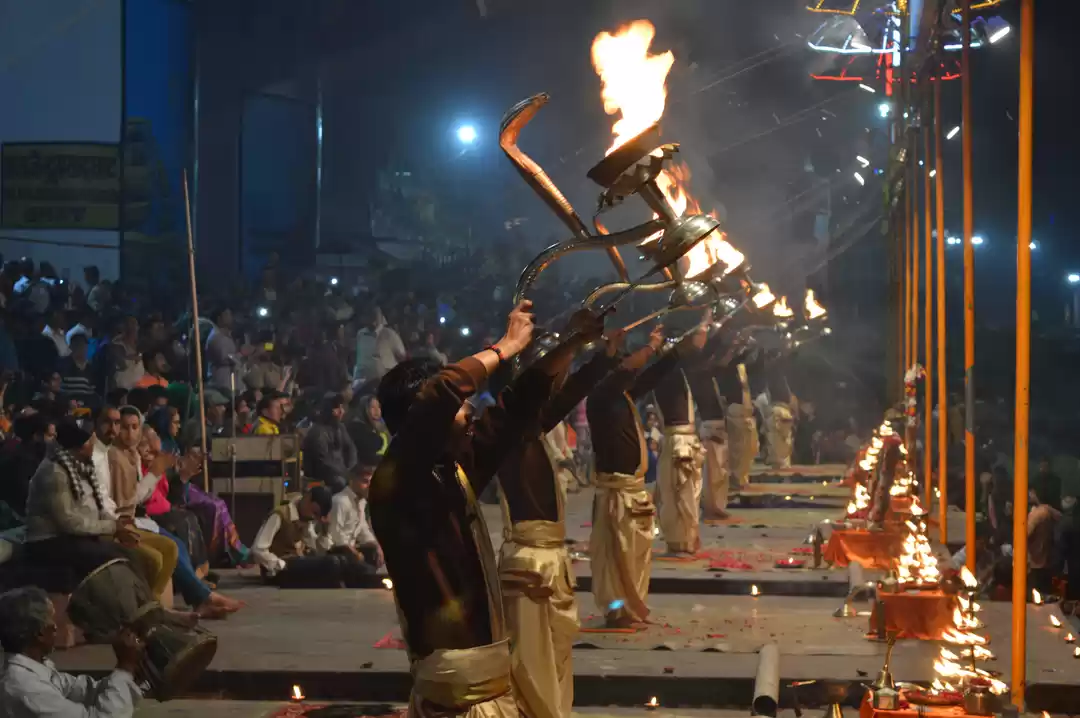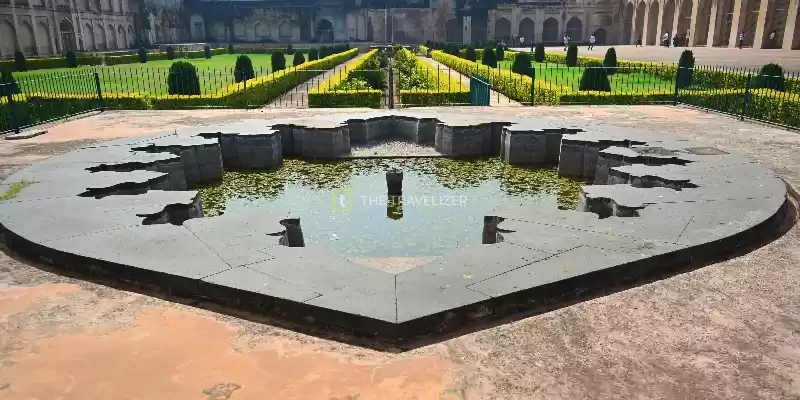
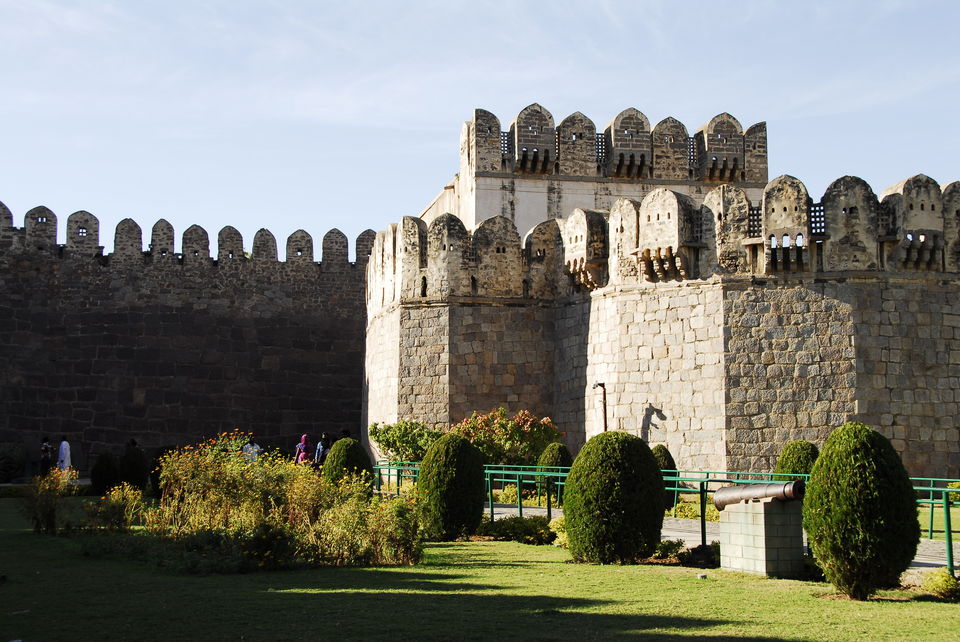


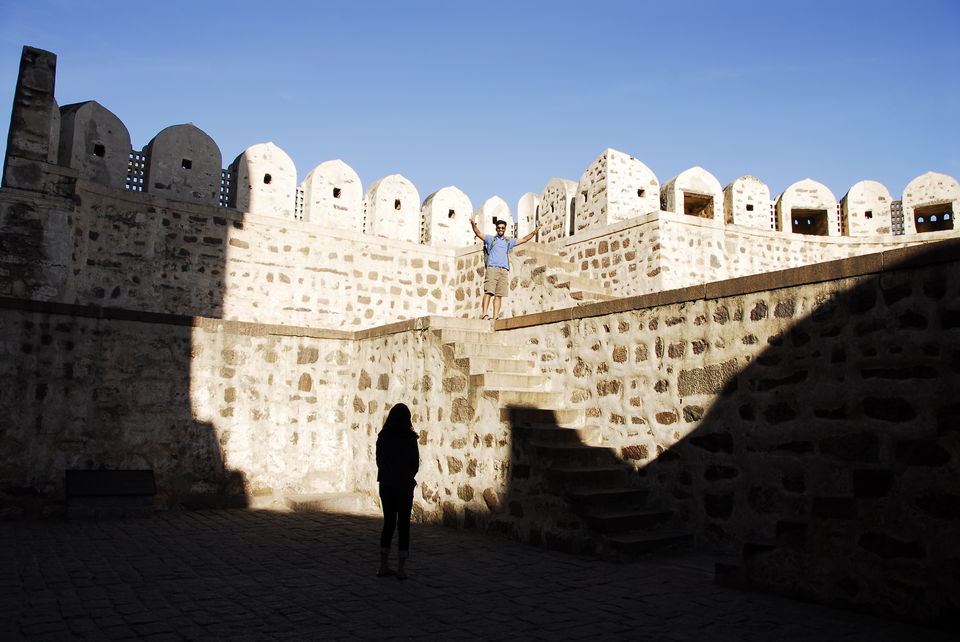
I’m in a new city with people I’ve never met, and uncharacteristically, that sounded exciting to me and it absolutely was. I landed in Hyderabad, India at 6 PM and walked out of the plane into the hot sun. It was a small plane, so the passengers exited from air stairs and boarded a small bus to be shuttled to baggage claim. There was no air conditioner in the bus to cleanse the stench of sweat from previous passengers, who like me, had been devoured by the heat. I held my breath to the best of my abilities and eagerly exited the bus a few minutes later.
The next day, I met The Traveler to tour around Golkonda Fort, the capital of the medieval sultanate of the Qutab Shahi dynasty. It was magnificent, to say the least. Millions of stones composed the fort. Dark green hedges encased the immense stone walls which were garnished by small purple flowers. I ran my hand over the stones of the walls dating back to the 1100’s. It was inspiring to stand before a structure so ancient. We wandered through the open halls of the fort and through into rooms of arched stone.

A few turns later, we came across a clearing that housed a single large stone. The stone had a thick metal ring attached to its top. A few men were crowded around it, so we stopped to listen. It was said that any man who was capable of lifting this stone was fit to join the army. How hard can it be? The Traveler laughed. He walked over to the rock and grabbed the ring with both hands; he bent his knees and braced himself. One, two, three, and nothing. It didn’t move more than an inch. He tried again and again but the stone was stubborn. I took a turn. I held the ring with both hands; it was hot from The Traveler’s attempt. I rocked back and forth and managed to pull the rock a few inches off the ground. My arms burned. We left the rock laughing and internally irritated that we were not able to lift it.

We continued walking until we approached an enormous dome. The engineering in and of itself was remarkable. The fort was engineered to rely on acoustic signaling as its dominant form of communication. A hand clap by the dome can be perfectly heard at the top of the hilltop pavilion, which is about one kilometer away. This technology was used to warn the royals in case of impending danger. It was interesting to think about the creativity involved in the communication systems and technologies of centuries long ago.

We were able to experience the magic of this acoustic system ourselves. I was told to stand in one corner of the dome and face the wall while The Traveler did the same at the diagonal end. I was told to whisper into the wall. I felt stupid, but nevertheless, I whispered into the corner, Hello? A hello answered me back within seconds. It was The Traveler. I turned around and he was still pressed against the diagonal corner, facing the wall. This is incredible! I whispered back in complete awe. I know! He answered. It was like he was standing right beside me. The cell phone of the 1500’s, I thought. We marveled at the acoustic technology for a while before continuing to the barracks.
We stood in the very place soldiers planned, trained, and rested. It was lit by a number of fire torches and gave an eternal orange glow. We then hiked to the top of the fort where we saw the vast city of Hyderabad before us. I imagined the beauty the greenery must have brought when it stretched from the edge of the fort to the horizon before the city’s development. We stood against the wall of the fort, awaiting the sunset. Soon, all the tourists gathered with their cameras pointed at the setting sun. I stood with The Traveler and his friend and watched the sun set behind the city. I too held my camera in my hand, but the moment could not be captured with a camera, and I knew that. I let it hang around my neck and watched the sun lower itself into its bed behind the city; this city was a stranger to me, yet it felt so warm.
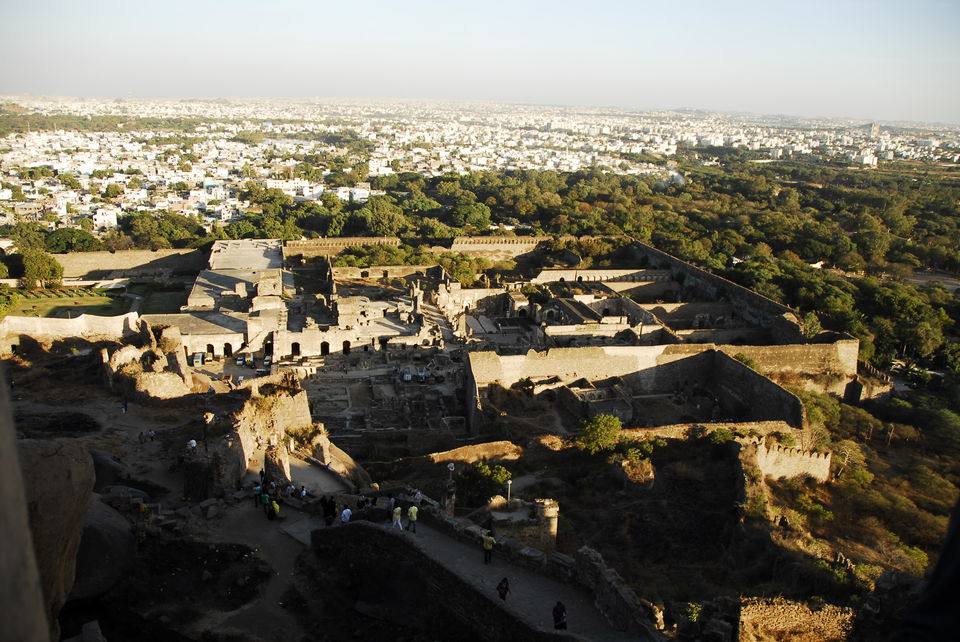
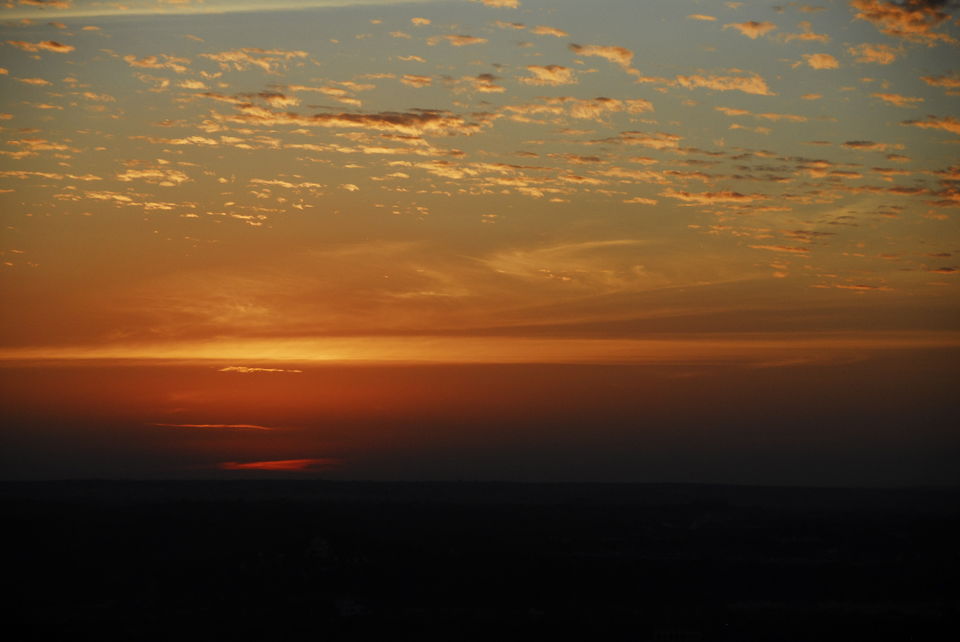
Originally published on my blog, www.kavarastories.com


